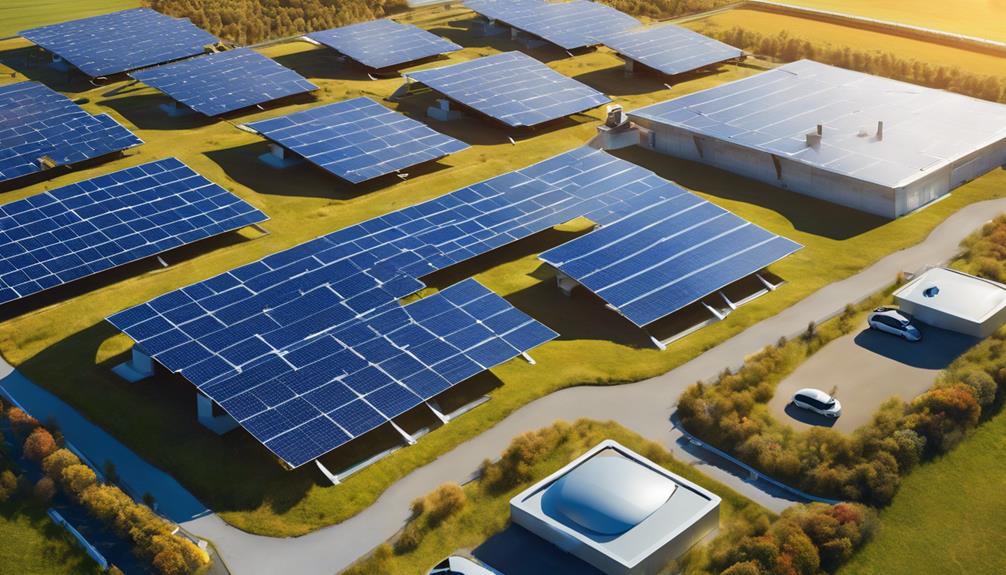
In recent years, the adoption of solar energy has surged, driven by a combination of environmental awareness and financial incentives. One of the most significant factors influencing this trend is the government solar panel price. This blog post explores the intricacies of solar panel pricing, government incentives, and how to navigate the market effectively.
What Factors Influence Government Solar Panel Prices?
Government solar panel prices are influenced by multiple factors, including manufacturing costs, installation expenses, and market demand. The price of solar panels has generally decreased over the past decade due to technological advancements and increased competition among manufacturers. Moreover, government policies and incentives can significantly impact these prices. For instance, subsidies and tax credits can lower the effective cost of solar panels, making them more accessible to homeowners and businesses alike. Understanding these factors can help potential buyers make informed decisions when considering solar energy solutions.
Government Incentives and Rebates for Solar Panels
Various government incentives and rebates are available to reduce the overall cost of solar panels. Programs such as the Federal Investment Tax Credit (ITC) allow homeowners to deduct a significant percentage of the cost of solar systems from their federal taxes. Some states also offer additional rebates or tax credits, further decreasing the upfront cost. These incentives play a crucial role in making solar energy an attractive option. Therefore, it’s essential for potential buyers to research their local and federal incentives to maximize savings on their solar panel investments.
The Cost Breakdown of Government Solar Panel Prices
When discussing government solar panel prices, it’s vital to understand the cost breakdown. The total price of solar panels typically includes the cost of the panels themselves, installation fees, inverter costs, and additional system components such as batteries and mounting hardware. The average cost of a solar panel system can range from $15,000 to $30,000 before incentives. However, the actual amount paid after applying government incentives can be significantly lower, making solar energy more affordable for many households.
Comparing Government Solar Panel Prices by State
Government solar panel prices can vary significantly from state to state due to differences in local incentives, regulations, and energy costs. For example, states like California, New York, and New Jersey often have higher solar installation rates due to their robust incentive programs and higher electricity prices. In contrast, states with fewer incentives may have lower installation rates and, consequently, different pricing structures. Therefore, potential solar buyers should compare prices and incentives in their specific state to find the best deal.
The Role of Solar Panel Technology in Pricing
The type of solar panel technology used also plays a significant role in determining government solar panel prices. There are primarily three types of solar panels: monocrystalline, polycrystalline, and thin-film. Monocrystalline panels tend to be the most efficient and, consequently, the most expensive, while polycrystalline panels are moderately priced and offer decent efficiency. Thin-film panels are generally the least expensive but come with lower efficiency rates. Understanding these differences can help buyers make informed decisions based on their budget and energy needs.
How to Calculate Your Potential Savings with Government Solar Panel Prices
Calculating potential savings from government solar panel prices involves considering several factors, including the cost of electricity in your area, the size of your solar system, available incentives, and your energy consumption patterns. Homeowners can use online solar calculators to estimate their savings based on these variables. Additionally, consulting with local solar installers can provide a tailored analysis of potential savings. This process not only helps in understanding the financial implications of solar panel installation but also in making a budget-friendly decision.
The Future of Government Solar Panel Prices
As the world moves toward renewable energy sources, the future of government solar panel prices looks promising. Experts predict that prices will continue to decline due to advancements in technology, economies of scale, and increasing competition in the solar market. Furthermore, as more governments prioritize renewable energy in their policies, additional incentives may arise, making solar energy even more accessible. Staying informed about these trends can empower potential buyers to make strategic decisions regarding their solar investments.
Conclusion: Making an Informed Decision on Government Solar Panel Prices
In conclusion, understanding government solar panel prices is essential for anyone considering investing in solar energy. With various factors influencing prices, the availability of incentives, and the potential for future savings, it’s crucial to conduct thorough research and consult with experts. By being informed, potential buyers can make educated decisions that align with their financial goals and contribute to a more sustainable future. Investing in solar energy not only benefits individual households but also plays a significant role in reducing carbon footprints and promoting environmental stewardship.
—
By following these guidelines and understanding the nuances of government solar panel prices, you can navigate your solar energy journey with confidence and clarity. Whether you are a homeowner looking to reduce energy costs or a business aiming for sustainability, the solar energy market offers a range of solutions that can suit your needs effectively.





